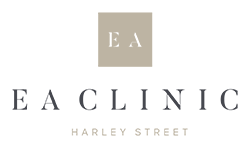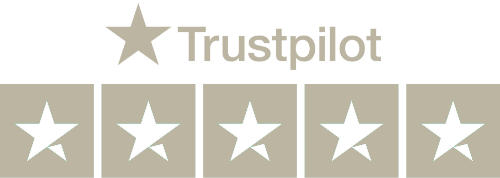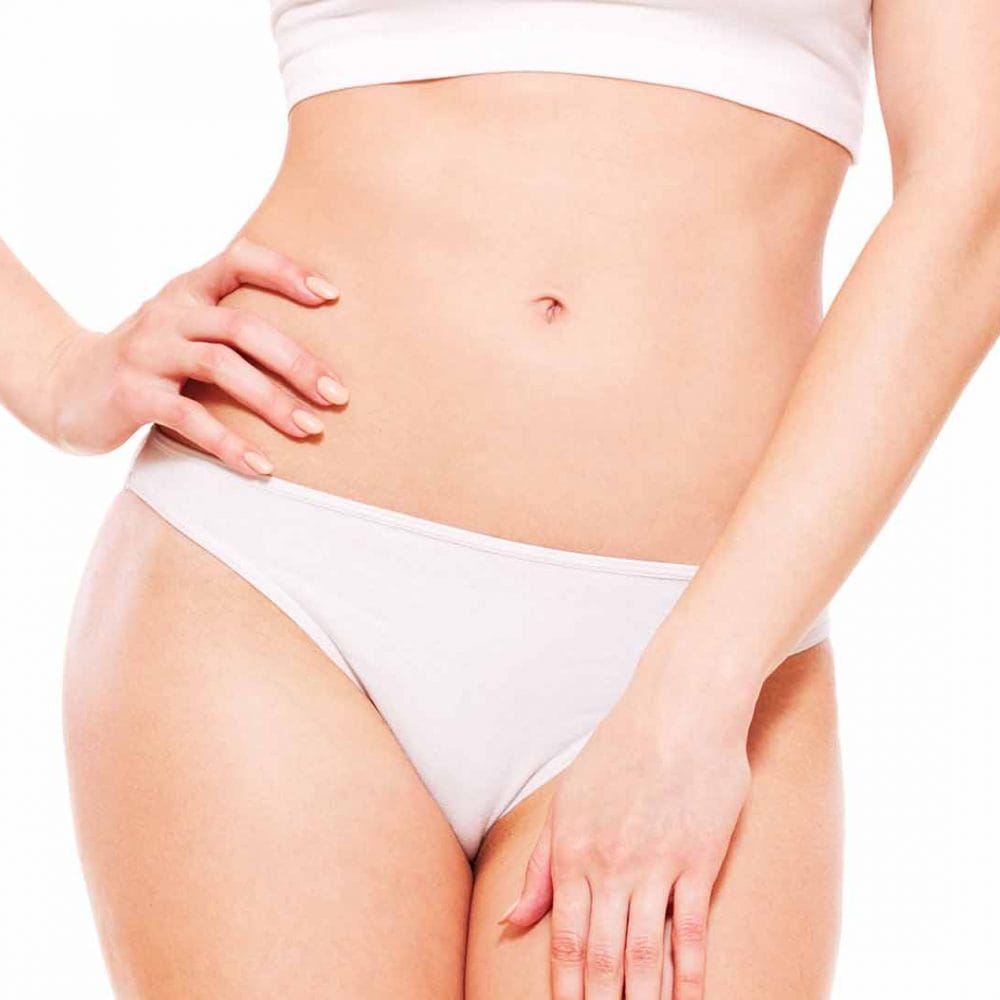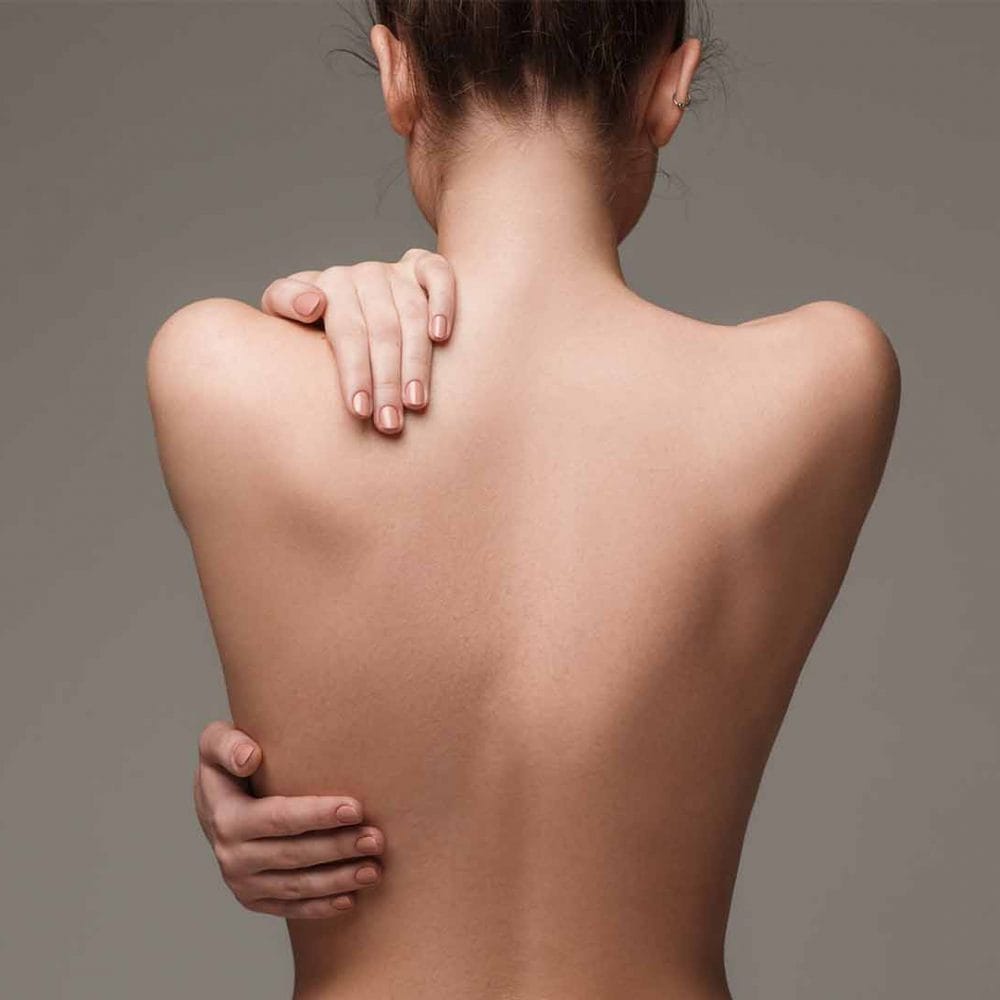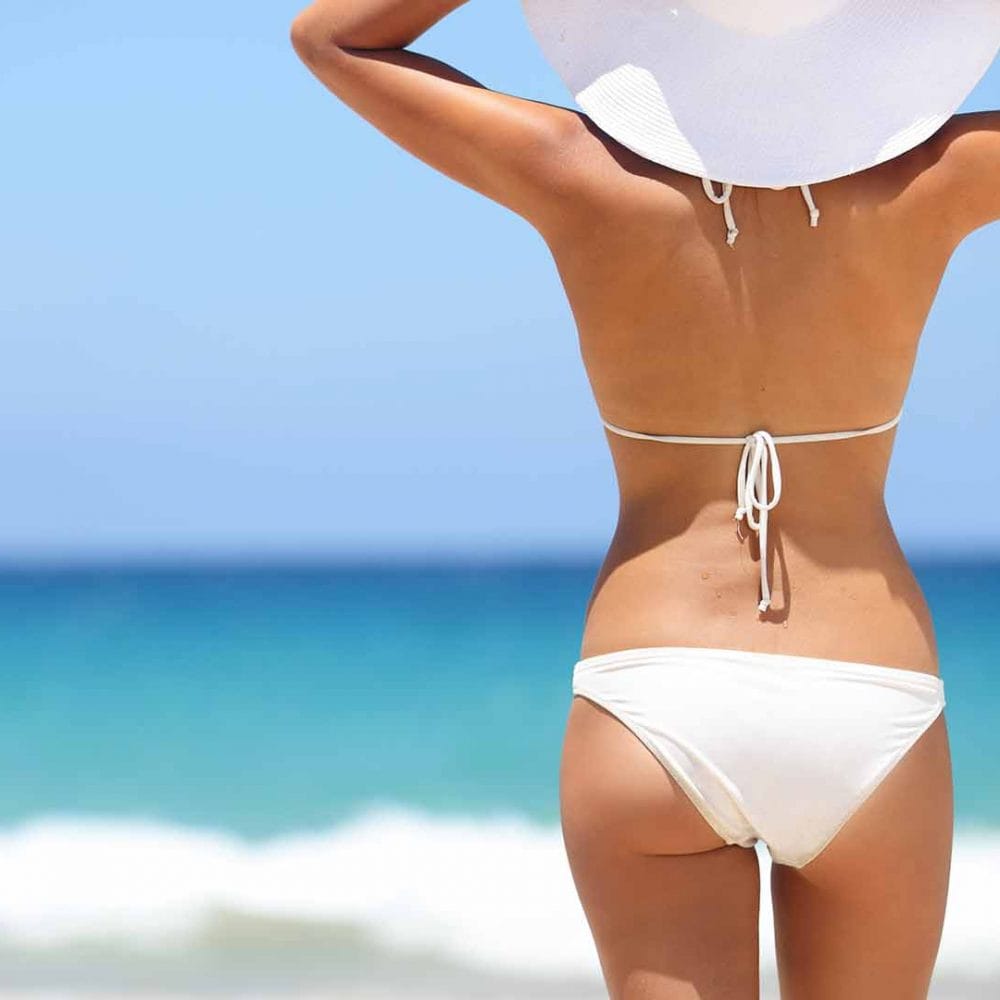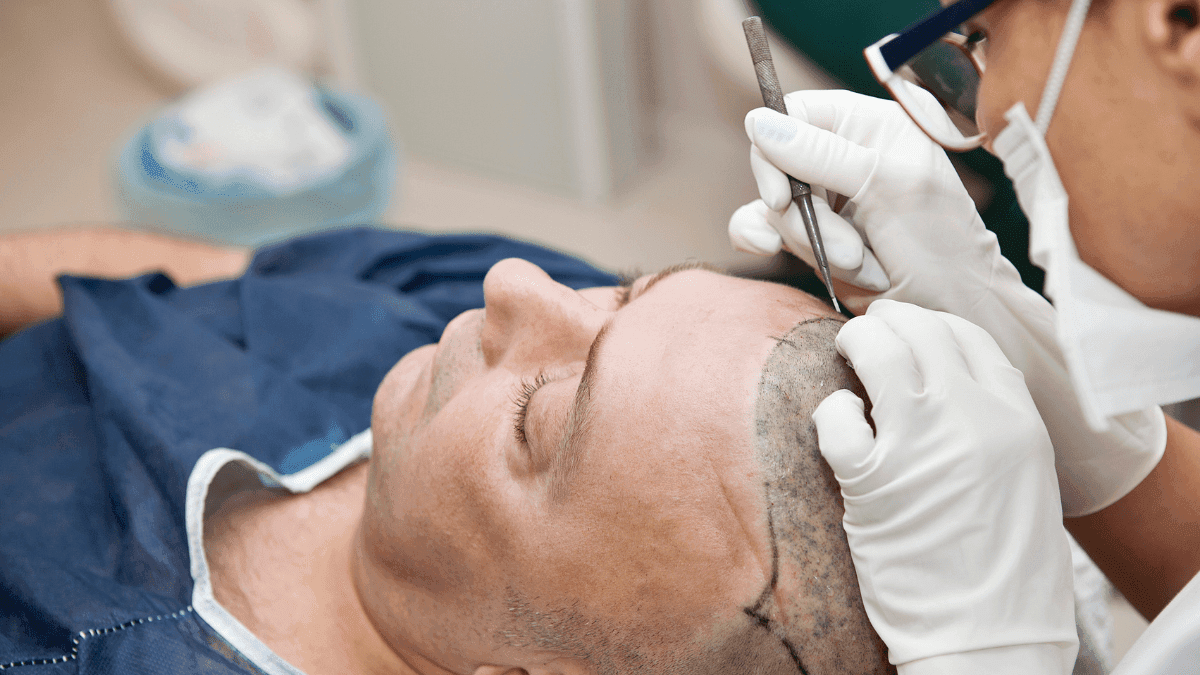Benefits of Keloids & Scars treatments
Keloids may be described as an overgrowth of scar tissue that has developed from either a wound or a break in the skin, although the scientific reason for this occurring is still being researched but genetics is said to play a significant part. These tough scars rise abruptly above the rest of the skin, out of the margins of the initial injury and typically have a smooth top with a pink or dark colour. They are usually irregular in shape and can enlarge quickly. They tend to be more common in people with a darker skin completion, but can affect anyone and are equally common in women and men while tending to be less common in children. Fortunately, there are some options to improve keloids that you can speak to our doctor about during a consultation.
Scars can be functionally hindering, aesthetically displeasing or a reminder of a past event. Keloids on the other hand are a more difficult form of scarring and as such the management is slightly different. The real cause keloids is not known at this stage but is being researched and are more common in people who have darker skins but they can affect all people of all colours. There are studies indicating that there may be a genetic link. Various treatments are available, but here at EA Clinic we offer steroid injections, Ultrapulse CO2 lasering and surgical removal.
Keloids & Scars Procedure
Keloid Removal
Determining whether removal of a keloid depends on the symptoms that are associated with its anatomical location and development, whether it is causing extreme itching or even embarrassment due to its unsightliness. We will be able to help you through this process. Some treatments that may be available are:
- Cortisone injections
- Excision Surgery
- Laser
- Silicone Sheets
- Cryotherapy
- Interferon
- Fluorouracil
- Radiation
We provide the options below:
Steroid injections are safe with minimal discomfort. The injections are typically given once every 4 to 6 weeks.
Surgery offers effective removal, but can trigger similar or even larger keloids to form, but there are some preventative measures for that as well, such as the combination of surgery and steroid injections. We do not encourage keloid excision surgery over mobile joints and the presternal (chest) area as the recurrence rate is high.
Laser treatments utilise pulse-dye or CO2 laser and this option can effectively flatten keloids, lessening their appearance. They are safe treatments, with minimal pain but can be costly and several treatment sessions may be required.
Silicone Sheets is the treatment process when the patient wears a silicone gel sheet on the affected area for several months. Results are variable.
Keloids can look better after treatment but even with the best procedure and doctor, the results may leave a mark that looks and feels different from the surrounding areas.
FAQ
Different scars require different treatments. A few common scars include:
Burn scars.
Keloid scars
Hypertrophic scars, unlike keloids, do not grow out of the boundaries of the scar area, but because of their thick, raised texture, can be unsightly.
Facial scars can be unattractive simply because of where they appear on the face, while others affect facial expressions.
All surgical possibilities will be discussed in the initial consultation along with risks involved for each type of scarring.
The goal of facial scar treatment is to disguise the scar, relocate it, or minimise its prominence.
Important factors to be discussed with your doctor include:
Skin type and color
Ethnic background
Individual healing rates
Age
Different types of scars respond to different surgery techniques. A person considering facial scar revision must understand that there is no way to remove scars completely.
We usually advise against any scar revision in cases where the scar is less than a year old.
Because scars are highly individualistic and the patient’s attitude toward scars is so personal, maximum improvement in facial scars may require more than one procedure. More than one technique may be employed.
Following is a general description of the surgery. Remember, each patient’s individual needs and features are considered before surgery.
Laser resurfacing is method a doctor uses to make “rough or elevated” scars less prominent by removing part of the upper layers of skin with an abrading tool or laser light. Clearly, the scar will remain, but it will be smoother and less visible.
Keloid or hypertrophic scars are often treated first with injections of steroids to reduce size. If this is not satisfactory, the scars can be removed surgically, and the incisions closed with fine stitches, often resulting in less prominent scars.
The treatment option will be discussed with your doctor and depend on the scar location, size and characteristics. It will also depend on your reasons for having treatment in the first place, i.e. is your scar causing you distress because of its appearance.
We offer three main treatments:
Steroid treatment: An injectable steroid, Triamcinolone is used. It is a quick treatment usually of a 5-15 minutes duration once the diagnosis and treatment options have been discussed. We use small amounts of steroid injections on repeated occasions to reduce or flatten mature scars (Scars which are older than 12months), usually 4-6 weeks apart.
Surgical scar revision: This technique is used to reposition or reduce the size of the scar. The techniques we use include:
Excision and direct skin closure is the surgical removal of the scar out and closure of the skin with stitches to create a more cosmetically appealing scar. Excision and realignment is the surgical removal of the scar and a change of direction in order to make the scar lie in the body’s natural relaxed skin tension line. On occasion those with transverse self harm scars on the arm will opt for a long longitudinal scar which has different social connotations.
Laser skin resurfacing: The Erbium YAG and CO2 laser are effective in dealing with scars. They use heat to remove the very top layer of your skin and stimulate the growth of healthy new skin. There is some downtime with lasering. With a surgical scar revision you may need to rest for a day or two.
Keloid is an overgrowth of the scar tissue that develops around a wound, mainly after the wound has healed. Often a hypertrophic scar is mistaken for a keloid. However, keloids grow beyond their original borders of the wound in contrast hypertrophic scars stay within the wound.
There is no real gold standard as the results are variable with many of the treatments and the recurrence rates are high. Steroid injections tend to be the first line in most medical practices. At EA Clinic Dr Anthony uses as combination of steroid concentrations during your treatment course.
- Topical Steroid
- Silicone creams gels/strips
- Steroid injections
- Laser; Pulsed Dye laser CO2 Laser or ND YAG
- Cryotherapy
- Injected anti-cancer drugs (ie. 5-FU and Bleomycin)
- Surgery: Intralesional & extralesional excision. We prefer the intralesional approach to avoid damage and stimulation of healthy skin.
- Radiotherapy
Avoid piercings, tattoos, unnecessary surgery and any injury to the skin.
Please apply high SPF sunblock (a minimum of SPF30 but ideally SPF50) to protect your skin from direct sun exposure over the treatment period and for a minimum of 6 weeks after the last treatment. Sun beds and sun bathing should be avoided.
We offer finance
Find out more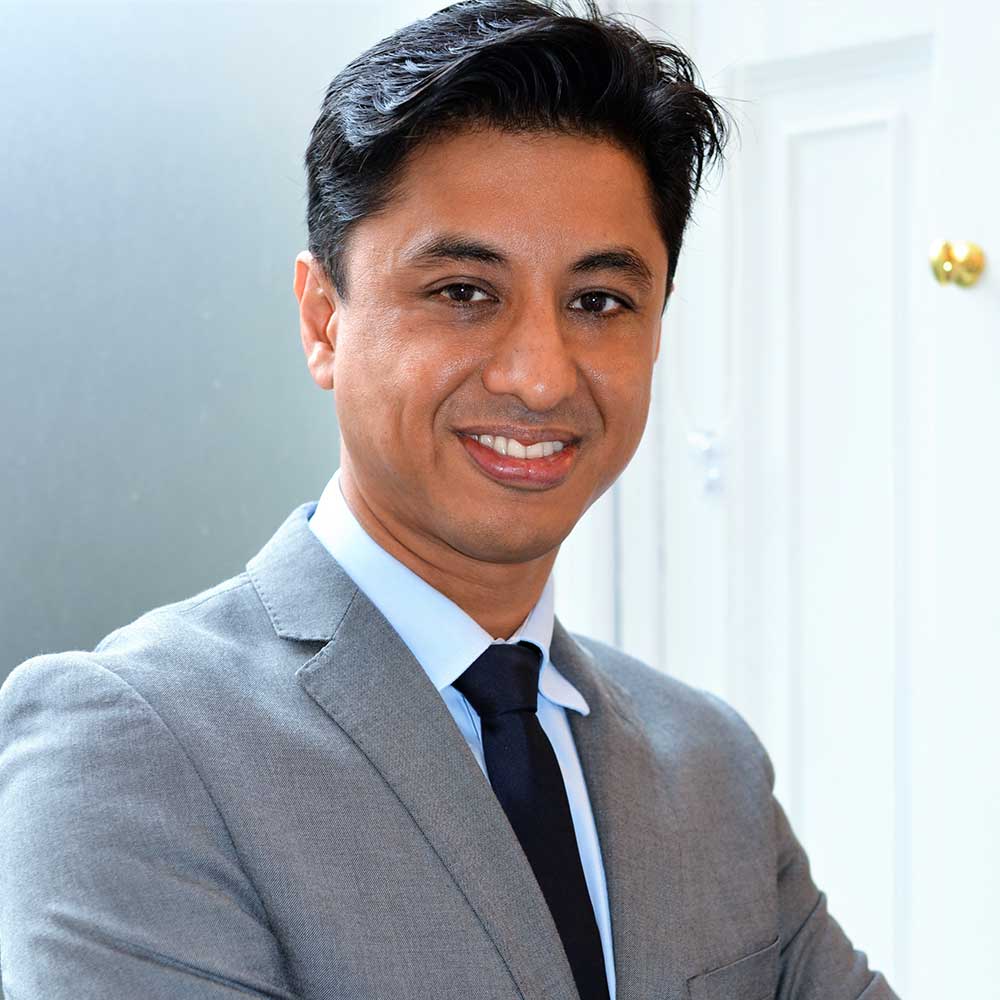
YourPractitioner
Dr Edwin Anthony | Director & Founder
Doctor
GMC Number: 4776646
Consultations: 99 Harley St
A leading Vaser lipo doctor. Recognised for Vaser 4D, high, medium definition lipo & uses Renuvion skin tightening to enhance the smoothness & sculpting. Clients travel from the UK, Asia, Africa & the Middle East. Trained by Dr Hoyos, Hi Def Vaser pioneer.
Professional Memberships


I can’t recommend EA clinic enough. I have had several procedures there now (vaser liposuction, mole removal and peels) and between Gill and Dr Anthony I have been so well looked after. They are consistently professional, passionate and clear in the options they provide you. Whether it is consultation, procedure or aftercare Dr Anthony always has so much time to make you feel at ease and fully informed. Both Gill and Dr Anthony are also friendly which is so lovely and welcoming as a patient. Overall I feel so much happier and confident since seeing the team at EA Clinic.
Published 13 June 2018
